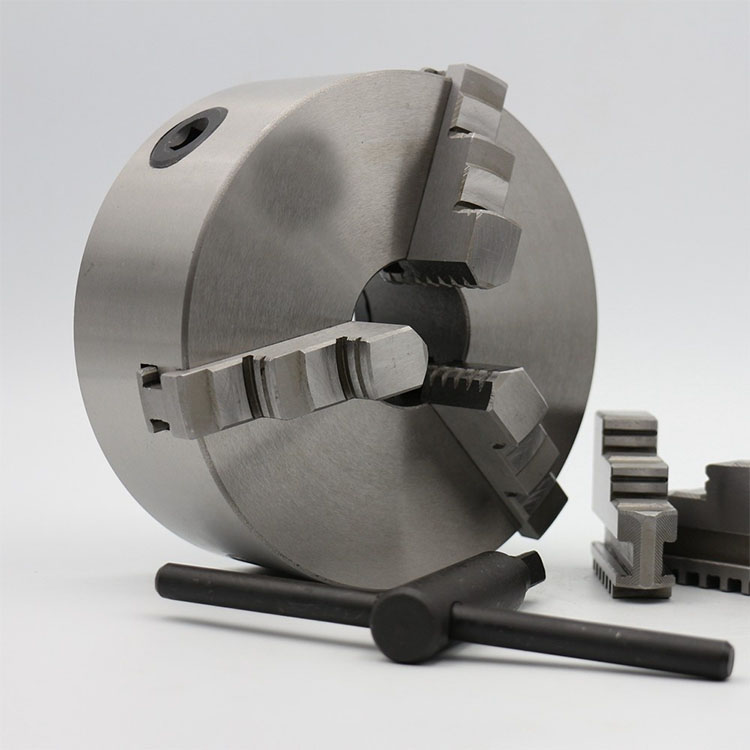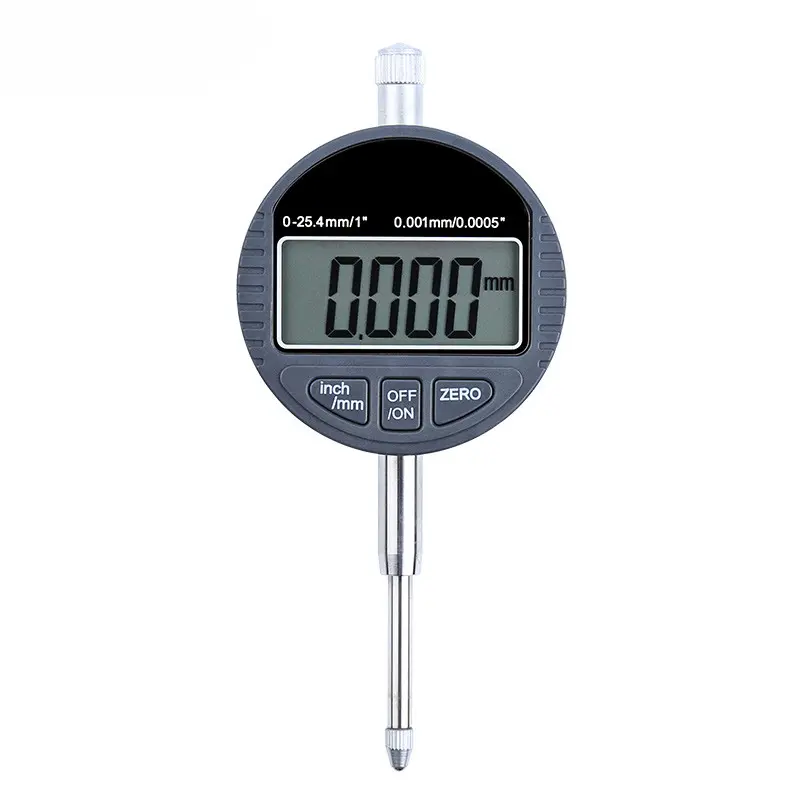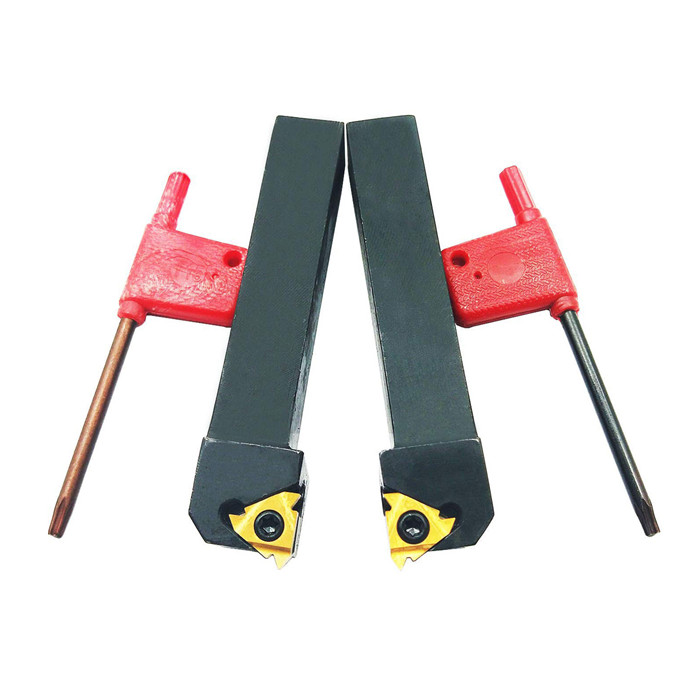High-Quality SCFC boring bar
SCFC boring bars are essential tools for achieving precise and efficient internal turning operations in metalworking. Choosing the right high-quality SCFC boring bar impacts surface finish, dimensional accuracy, and overall productivity. This guide explores the features, selection criteria, and applications of SCFC boring bars to help you optimize your machining processes.
Understanding SCFC Boring Bars
What is an SCFC Boring Bar?
An SCFC boring bar is a type of cutting tool used in lathes and boring machines to enlarge or finish existing holes. The 'SCFC' designation often refers to the style of the insert clamping and bar construction. More specifically, it usually implies a screw clamp type insert holder combined with a steel shank. They are designed for internal turning and threading operations, offering rigidity and precision when working inside a workpiece.
Key Features of High-Quality SCFC Boring Bars
Several factors contribute to the quality and performance of an high-quality SCFC boring bar:
- Material: Typically made from hardened alloy steel or tungsten carbide for exceptional stiffness and vibration resistance.
- Precision Machining: Accurate dimensions and tight tolerances ensure precise cutting and a smooth surface finish.
- Insert Clamping: Secure and reliable insert clamping mechanism prevents movement and maintains consistent cutting performance.
- Vibration Damping: Design features that minimize vibration, such as a larger shank diameter or internal damping mechanisms, are essential for optimal performance, especially in deep boring applications.
- Coolant Delivery: Internal coolant channels deliver coolant directly to the cutting edge, reducing heat and improving chip evacuation.
Choosing the Right SCFC Boring Bar
Selecting the appropriate SCFC boring bar is crucial for achieving optimal results. Consider the following factors:
Bore Diameter and Depth
The bore diameter and depth of cut dictate the required boring bar size and reach. Ensure that the bar has sufficient length to reach the desired depth and a diameter that allows for stable cutting within the bore. As offered by Wayleading Tools, we can provide customized solutions to meet your exact requirements.
Material Being Machined
The material of the workpiece influences the choice of boring bar material and insert grade. Harder materials require tougher boring bars and wear-resistant inserts. Steel boring bars are versatile and suitable for a wide range of materials, while carbide bars are preferred for demanding applications and high-speed machining.
Machine Type and Stability
The type of machine and its rigidity play a significant role in boring bar selection. Less rigid machines may require damped boring bars to minimize vibration and chatter. Sturdy machines can accommodate larger, more aggressive boring bars.
Insert Selection
The insert is the cutting element of the boring bar. Choosing the correct insert geometry, grade, and coating is essential for efficient material removal and achieving the desired surface finish. Consider the following factors:
- Insert Shape: Different insert shapes offer varying levels of strength and access. Diamond and square inserts are strong and versatile, while triangular inserts provide better access in tight spaces.
- Insert Grade: The insert grade determines its hardness, wear resistance, and toughness. Choose a grade that is appropriate for the material being machined and the cutting conditions.
- Insert Coating: Coatings, such as TiN, TiCN, and AlTiN, improve wear resistance, reduce friction, and extend insert life.
Applications of SCFC Boring Bars
SCFC boring bars are used in a wide range of applications, including:
- Enlarging existing holes: Accurately increasing the diameter of drilled or cast holes.
- Finishing holes: Achieving precise dimensions and a smooth surface finish in bores.
- Internal threading: Cutting threads inside a workpiece.
- Profiling: Creating complex internal shapes and contours.
Benefits of Using High-Quality SCFC Boring Bars
Investing in high-quality SCFC boring bars offers several advantages:
- Improved accuracy and surface finish: Precision machining and stable cutting result in tighter tolerances and smoother surfaces.
- Increased productivity: Efficient material removal and reduced vibration lead to faster cycle times.
- Extended tool life: Durable materials and coatings increase the lifespan of the boring bar and inserts.
- Reduced downtime: Reliable performance minimizes the need for tool changes and adjustments.
Troubleshooting Common Issues with SCFC Boring Bars
Even with high-quality SCFC boring bars, problems can arise. Here are some common issues and their potential solutions:
- Chatter: Reduce cutting speed, increase feed rate, use a damped boring bar, or ensure proper workpiece clamping.
- Poor surface finish: Check insert sharpness, reduce cutting speed, increase feed rate, or use a different insert grade.
- Insert breakage: Reduce cutting speed, decrease depth of cut, or use a tougher insert grade.
- Oversized bore: Verify machine calibration, check boring bar and insert dimensions, or adjust cutting parameters.
SCFC Boring Bar Selection Guide (Example Table)
The following table provides a simplified example for SCFC boring bar selection based on bore diameter. Always consult manufacturer specifications and recommendations for specific applications.
| Bore Diameter (mm) | Recommended Boring Bar Diameter (mm) | Typical Application |
|---|---|---|
| 10-20 | 6-12 | Small diameter bores, finishing operations |
| 20-50 | 12-25 | General purpose boring, medium diameter bores |
| 50-100 | 25-40 | Large diameter bores, roughing operations |
SCFC Boring Bar Maintenance
Proper maintenance will extend the life of your SCFC boring bars.
- Clean your boring bars regularly to prevent build-up and corrosion.
- Always store your boring bars in a protective case or rack.
- Check the cutting edges of inserts before each use.
Wayleading Tools: Your Partner for Precision Machining
At Wayleading Tools (www.wayleading.com), we understand the importance of high-quality SCFC boring bars for achieving precision and efficiency in machining operations. With 10 years of industry experience, we offer a comprehensive range of boring bars and inserts designed to meet the demanding needs of modern manufacturing. Our team of experts can provide technical support and guidance to help you select the optimal tooling solutions for your specific applications. Explore our selection of SCFC boring bars and experience the difference in performance and reliability.
We specialize in providing solutions tailored to your specific machining needs. Contact us today to learn more.
This article is based on our 10 years of experience and industry best practices. Data parameters, where applicable, have been referenced from leading tooling manufacturers' catalogs and websites (e.g., Sandvik Coromant, Kennametal). Always refer to the manufacturer's specifications for the most accurate and up-to-date information.
Related products
Related products
Best selling products
Best selling products-
 Precision V Block And Clamps Set With Heavy Duty
Precision V Block And Clamps Set With Heavy Duty -
 Camlock ER Collet Fixture With Lathe Collet Chuck
Camlock ER Collet Fixture With Lathe Collet Chuck -
 K11 Series 3 Jaw Self Centering Chucks For Lathe Machine
K11 Series 3 Jaw Self Centering Chucks For Lathe Machine -
 DIN6537L Metric Solid Carbide Twist Drill With Internal Coolant & External Coolant
DIN6537L Metric Solid Carbide Twist Drill With Internal Coolant & External Coolant -
 HSS Metric & Inch Dovetail End Mill With 45 And 60 Degree For Industrial
HSS Metric & Inch Dovetail End Mill With 45 And 60 Degree For Industrial -
 CNMG & CNMM Turning Insert For Indexable Turning Tool Holder
CNMG & CNMM Turning Insert For Indexable Turning Tool Holder -
 Type C Cylinder Ball Nose Tungsten Carbide Rotary Burr
Type C Cylinder Ball Nose Tungsten Carbide Rotary Burr -
 Precision Digital Indicator Gage For Industrial
Precision Digital Indicator Gage For Industrial -
 GTN Parting & Grooving Insert For NCIH Blade
GTN Parting & Grooving Insert For NCIH Blade -
 25PCS DIN338 HSS Twist Drill Bit Set From 1-13mm
25PCS DIN338 HSS Twist Drill Bit Set From 1-13mm -
 HSS Metric 4 Flute End Mills With Bright Or TiN And TiAlN Coated
HSS Metric 4 Flute End Mills With Bright Or TiN And TiAlN Coated -
 Indexable Spade Drill Holder With Helical Flute Holder And Taper Shank
Indexable Spade Drill Holder With Helical Flute Holder And Taper Shank











